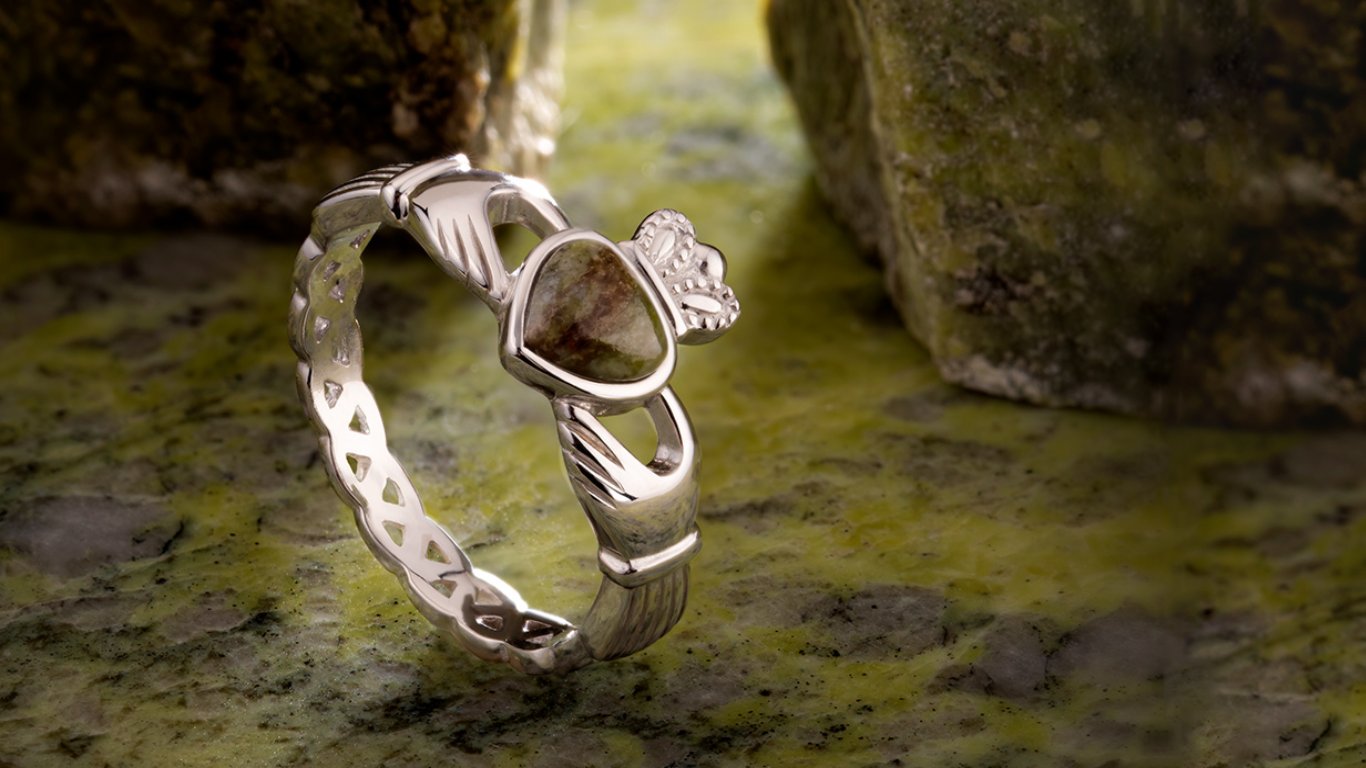Romantic Rabbie Burns
Robert Burns was a ploughman poet, a hopeless romantic and a hapless family man. Who knew we would still be raising a glass to him 223 years after his death? And it isn’t just the Scots who remember the Bard of Ayrshire. Robert Burns’ birthday is occasion for celebration world-wide.
Robert (aka Rob, Rabbie, Robin) was born January 25, 1759 in Alloway to William Burnes and Agnes Broun; the eldest of seven children. Written at age 28, the lyrics to Rantin’ Rovin’ Robin or There Was a Lad capture these autobiographical details as well as prophesy spoken by a way-faring woman on the day he was born. Here is a sample:
Our monarch’s hindmost year but ane
Was five-and-twenty days begun
‘Twas then a blast o’ Janwar’ win’
Blew Hansel* in on Robin
Chorus
Robin was a rovin’ boy,
Rantin’, rovin’, rantin’, rovin’,
Robin was a rovin’ boy,
Rantin’, rovin Robin!
He’ll hae misfortunes great an’ sma’,
But aye a heart aboon them a’,
He’ll be a credit till us a’ –
We’ll a’ be proud o’ Robin.
*A gift for good luck given at the start of a new year.
The elder Burnes was a tenant farmer who knew little financial success. He was dedicated to providing his children a good education, but died young leaving a legacy of hard physical labor and scant means for the family to survive. In spite of grinding poverty and weighty responsibilities, our poet gained much personal freedom and re-invented himself after his father’s passing – including the spelling of his last name.
Burns credits a relative of his mother’s for infusing his imagination with Scottish lore as a child. He wrote of her in a letter, "She had, I suppose, the largest collection in the county of tales and songs concerning devils, ghosts, fairies, brownies, witches, warlocks, spunkies, kelpies, elf-candles, dead-lights, wraiths, apparitions, cantraips, giants, inchanted towers, dragons and other trumpery.--This cultivated the latent seeds of Poesy...." Imagine what those bedtime stories were like!
As Burns grew to manhood, it was his fondness for the lassies that guided (or misguided) his steps. His earliest poems were love letters. He was prolific in every way, eventually fathering 12 children by four women. Nine of these were with his long-suffering wife, Jean Armour, who often took in his illegitimate offspring to raise them with her own. Now there’s a woman!
I’m trying to imagine a man so charming and charismatic that he captivated both men and women, young and old. Shortly after the release of his first book of poetry, Poems, Chiefly in the Scottish Dialect published in 1786, he was “discovered” by members of the literary class in Edinburgh and was soon sought after as a dinner guest and public speaker. Ironically, he had thrown together this collection of work hoping to raise enough money to catch a boat to Jamaica and escape the wrath of his father-in-law.
The book was successful beyond imagination and remains some of Burns’ most significant work. He captured, as few others could, the perspective of life for the common man. He eloquently expressed his views on politics, society, the church and life and he captured much of it in the vernacular of Scots dialect, which was already on the wane at the time.
Burns endeared himself to most of us through his love of old Scots folk songs and his talent for setting his own lyrics to old tunes. He contributed about 200 songs to the publication of The Scots Musical Museum, which preserved a total of 600 lyrics and tunes in six volumes. His greatest hit by far is “Auld Lang Syne,” the traditional Hogmanay or New Year song of nostalgia which is sung literally all over the world.
Burns was loved and beloved. The first statue raised in his honor stands in George Square, Glasgow. It was paid for by a “shilling subscription.” Within a year, £1,680 toward the £2,000 had been raised. No single large benefactor, just thousands of people contributing a hard-earned shilling each. Note: 20 shillings make one British pound. There are more than 60 statues of Burns worldwide, making him the third most memorialized, non-religious figure after Christopher Columbus and Queen Victoria.
Within five years of his death, some friends of Burns formed the first “Burns Club.” The original objective: “To cherish the name of Robert Burns; to foster a love of his writings, and generally to encourage an interest in the Scottish language and literature.” Today, Scottish Societies, Scottish Rite Masonic organizations and Burns fans host Burns Nicht (Night) or a Burns Supper to toast the bard, recite and sing his immortal memory and enjoy a bit of haggis on or near January 25th.
Why not stop in at the Whiskey Snug this month to raise a glass in honor of Rabbie? Here you’ll find atmosphere and libations reminiscent of his favorite haunt -- The Globe Inn in Dumfries. The Snug hasn’t been in business since 1610; however, you’ll find old world hospitality and the finest beverages that more than 500 years of distilling experience has produced. “An' just a wee drap sp'ritual burn in…”
Lori McAlister,
Wrangler of Cultural Affairs



















Leave a comment